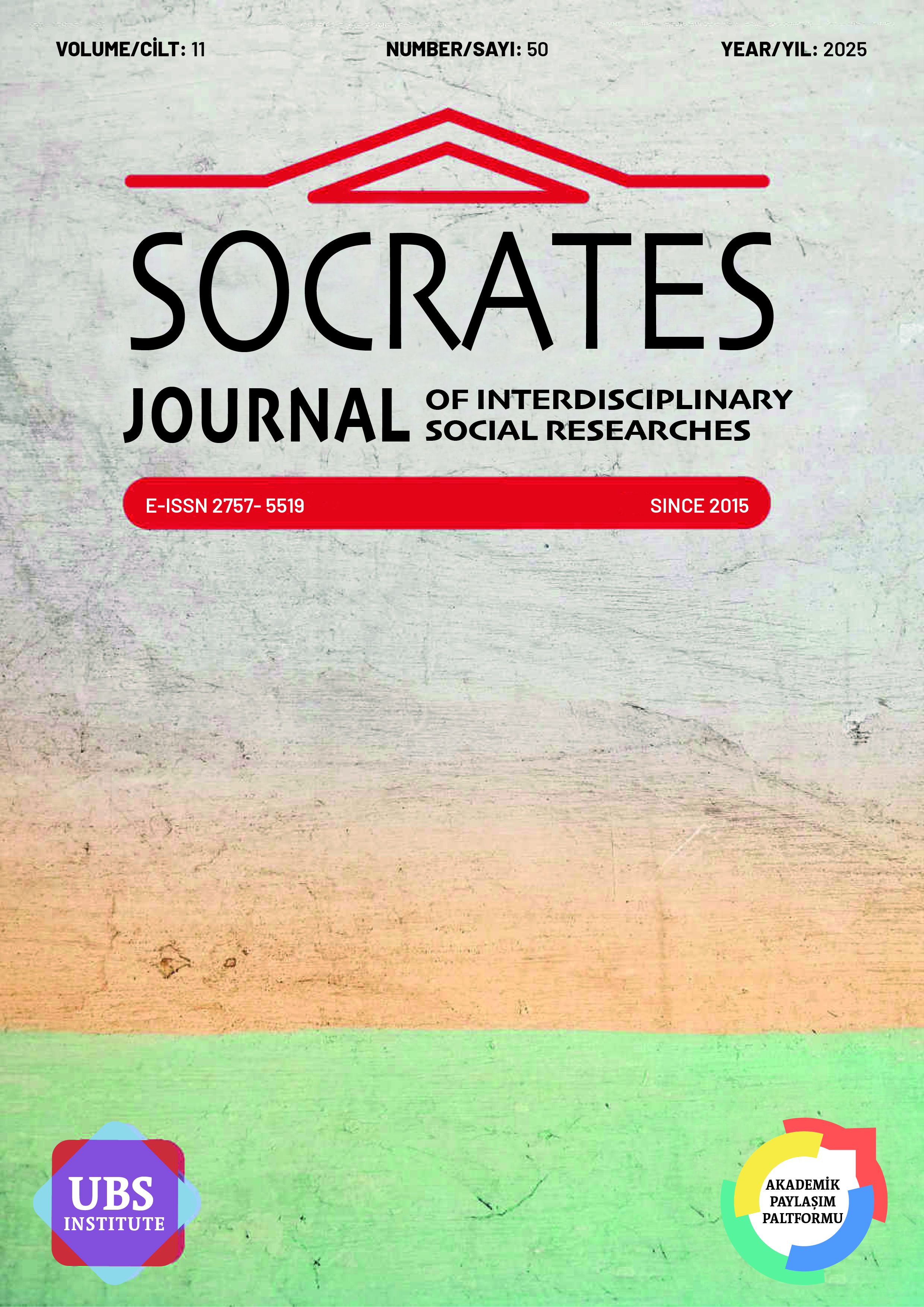THE QUIET POWER OF COLORS IN SCULPTURES: LAYERS OF MEANING
RENKLERİN HEYKELLERDEKİ SESSİZ GÜCÜ: ANLAM KATMANLARI
DOI:
https://doi.org/10.5281/zenodo.14870142Keywords:
: Colored sculpture, sculpture and viewer, language of colorAbstract
In sculpture, color is not only an aesthetic element but also a powerful tool in conveying meaning and emotion. The use of colors in sculptures has changed in parallel with the development of artistic expression throughout history. However, when we look at the history of art, it is seen that colorful sculptures often remain in the background. The main problem of this study is how color is used as a means of expression in sculptures and how it strengthens the interaction between the viewer and the work. The aim of the study is to reveal the aesthetic, psychological and conceptual meanings of colors by considering the change of color in the historical process in sculpture art.
In the research, historical analysis method was used by scanning written and visual academic sources. The function of colors in sculptures from ancient Egypt to the present day has been examined, and how the use of colors has changed with the unique artistic understanding of each period has been discussed.
According to the findings, while colors carried religious and mythological meanings in Ancient Egypt, they enabled the establishment of a spiritual bond in the Middle Ages, and came to the fore as a form of individual expression in the Renaissance. With modern art, colors have turned into a conceptual and symbolic means of expression.
As a result, colors have played an important role in the process of conveying the artist’s thoughts to the audience by creating a silent but effective language in the sculptures. With this study, it has been revealed that the function of colors in sculpture is not only an aesthetic element, but also a multi-layered expression tool that strengthens artistic expression.
References
Bulat, M. (2007). Modern heykelin doğuşu. Sanat Dergisi, (11), 83-89.
Daşkesen, H. (2020). Rengin heykel sanatında anlam ve biçime etkisi. Sanatta yeterlik tezi, Marmara Üniversitesi.
Dilek, Y. (2022). Eski Mezopotamya ve eski Mısır’da Mavi Renk kullanımının sembolik anlamları. OANNES-Uluslararası Eskiçağ Tarihi Araştırmaları Dergisi, 4(1), 163-179
Erkman, F. (1987). Göstergebilime giriş. Alan.
Yüksel, E. (2020). Bütün yönleriyle sağlık iletişim kuram, uygulama ve tartışmalar. Literatürk Academia.
Oğraş, Ç. (2022). Picasso’nun mavi dönem resimlerinde melankoli kavramının yeri. Journal of Arts, 5(4), 213-221.
Pastoureau, Michel. (2017). Mavi: Bir Rengin Tarihi, Çev: İnci Malak Uysal. Can Yayınları, 2017.
Thavapalan, S., Strenger, J., & Snow, C. (2016). Color and meaning in ancient Mesopotamia: The Case Of Egyptian Blue. Zeitschrift Für Assyriologie, 106(2), 198-214.
İnternet Kaynaklar
Faaturuma (Melancholic) Paul Gauguin 1891
https://artsandculture.google.com/asset/faaturuma-melancholic-paul-gauguin/_QF3rh6L3QUGcA?hl=en.the 20 tb Centıury Art book, Honkong, 1996
Ütopya, Distopya,
https://utopiadystopiawwi.wordpress.com/dada/jean-hans-arp/birds-in-an-aquarium/?utm_source, Erişim Tarihi:8.01.2025
(https://www.turelart.com/jeff-koons/?utm)
(https://www.atolyerumeli.com/post/ba%C5%9Fl%C4%B1%C4%9F%C4%B1n%C4%B1 z-blogunuz-ne-hakk%C4%B1nda-88).
Downloads
Published
How to Cite
Issue
Section
License
Copyright (c) 2025 Socrates Journal of Interdisciplinary Social Studies

This work is licensed under a Creative Commons Attribution 4.0 International License.


